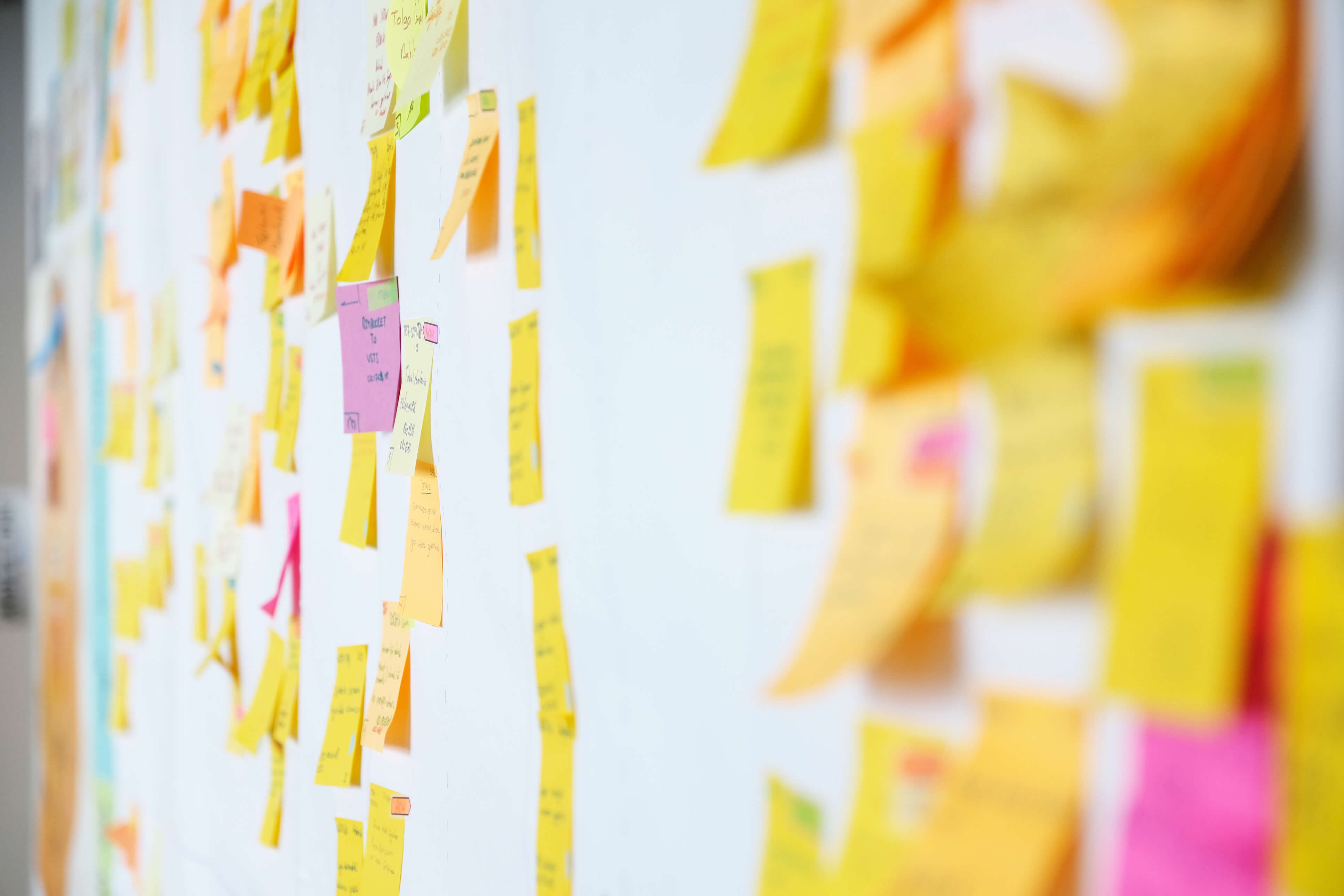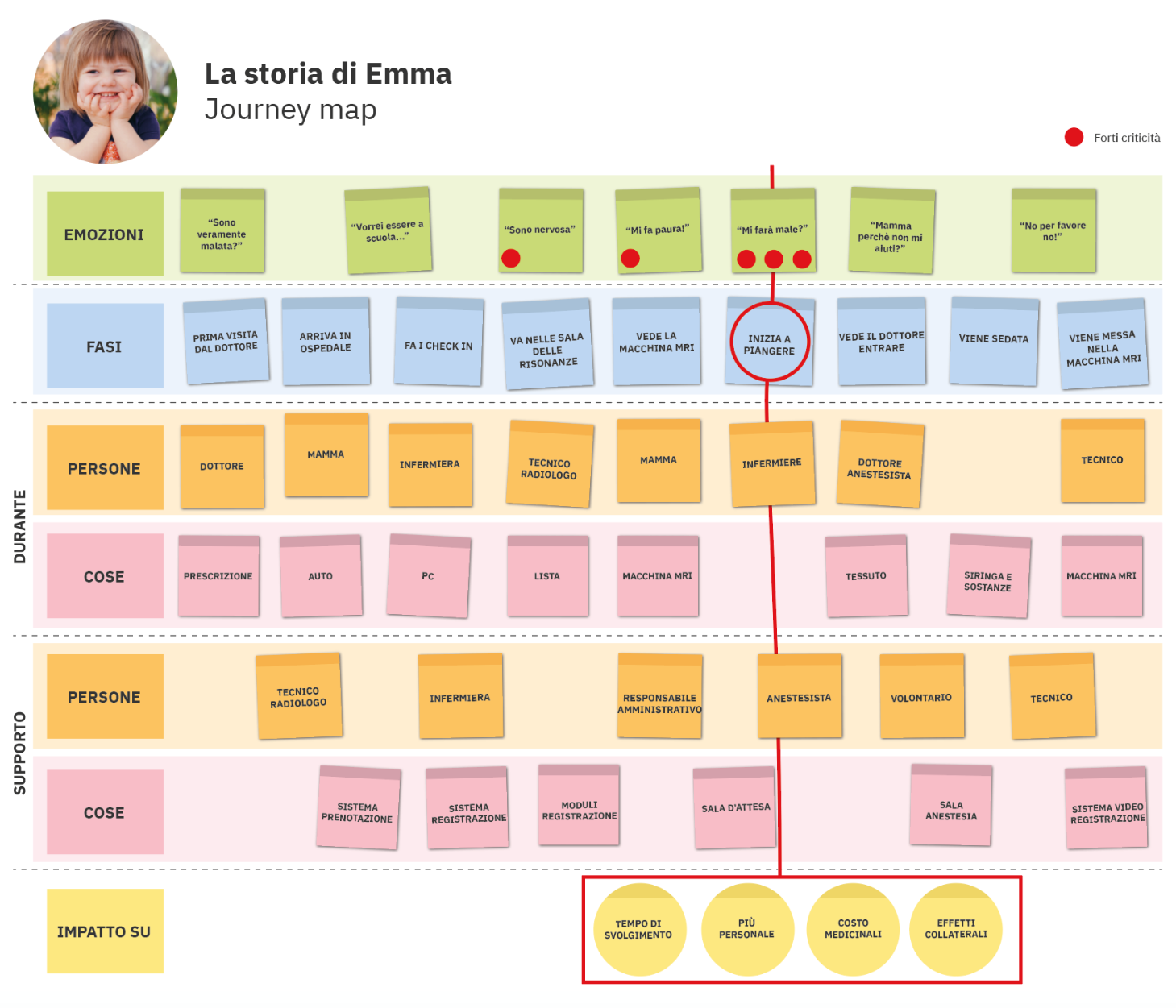When we have to achieve a certain goal, we do it by taking a path made of consecutive actions. This occurs, for example, when we want to buy a product or a service: we make a real journey, made up of research, evaluations and choices, which ultimately lead us to purchase.
Mapping the “customer journey” can be very important for brands and companies to understand the experience lived by people when they enter into a relationship with them. And this is where Customer Journey Maps come into play. But what is it? It is a tool that can graphically map all the touchpoints between a person and a brand, a company, a product or a service, reconstructing the history of the relationship that is created between them during this journey.

Why do we map people’s journey?
Being able to map – and therefore create frames of all the passages of people’s experiences – allows us to understand their real needs in every single phase of the journey. The goal is to be able to see some aspects that otherwise would not be possible to detect.
Thanks to the use of the Customer Journey Maps, we are therefore able to do qualitative research, observing the individual actions and the consequent emotions of people with a particular zoom. The more you can define the overall user experience, the greater the opportunities to identify any areas for improvement, with the possibility to track the “moments of truth“, or the “key moments“, those in which people are in difficulties during the experience (also called “pain points“).
Maps are not all the same
Depending on the area of application and the factors that we want to bring out through our mapping, we can identify different types of maps:
- Experience maps, which represent the experience of individuals in interacting with a product or service;
- Reality map
- Empathy map, collaborative tool that allows a shared exploration of user profiles;
- Customer journey map
- Ecosystem map, synthetic representations of all the actors involved in the provision of a service and how they relate to each other
- Service blueprints, tools that help us better understand how customers think and how organizations answer.
Journey maps are the ones I use most frequently, because they allow me to bring out aspects related to places, interactions, people and organizations that would otherwise remain submerged.
When do we create journey maps?
It is important to understand that Journey maps are the synthesis of research and not the goal: that’s the reason why the ideal time to do them is right after a research phase. Whether it is an ethnographic observation, in-depth interviews, diaries or other types of research, it is only after this activity that we can build personas, figures that represent the different types of users of a given company. Once defined, it is in fact possible to identify the characteristics that can tell us for whom we are planning an experience. And if we really want to be able to design by putting people first, we suggest keeping them always at hand throughout the design phase.
What kind of experiences do we plan?
The experiences must have some fundamental characteristics: they must be omnichannel and consistent, orchestrated and collaborative, both towards the stakeholders and the end-users, so that they meet the needs of all the people involved.
To this end, Journey maps are essential. They help us to represent the contents that emerged from the research visually and effectively, mapping the path of a protagonist who must satisfy a need and highlighting any critical issues. This, through the breakdown of certain existing balances, a fundamental step to facilitate the development of new opportunities and, consequently, new solutions to certain problems.
What must be there in a journey map?
Journey maps can be composed of different phases and actions depending on the context, which can be more or less detailed according to needs. The elements that must never be missing are the phases of interaction with the service/product and the people/things involved in the process, as well as the touchpoints and the emotions that derive from them.
Already with these three elements we will be able to identify the critical points in the relationship process between a person and an experience.
The concrete application of the Journey Map to design for people: the Doug Dietz case
There was a precise moment in my studies that made me turn something inside: a story told by Maria Cristina Lavazza, my teacher long ago, today my precious guide, who helped me understand the strong power that can have a similar tool to improve a relationship generated by an experience.
It is described in this video: it is the story of a great industrial designer and a great product.
Doug Dietz, designer of General Electrics Healthcare, has shown us how it is possible to model healthcare technology with a human-centered design. How? Using Journey maps as a synthesis of his research.
Below I propose a summary of the journey map that allowed Doug to design solutions based on people’s real needs.

As you can see, all the fundamental aspects are included, in order to carefully observe what happens, when it happens, with whom/what you come into contact, what you feel, but above all what are the most critical aspects and what they impact.
The story I told you has allowed me not only to understand how journey maps are a fundamental tool, but also how much research can solve really complex aspects that allow us to re-design people’s experiences.
I agree with Doug when he says empathy is the beating heart of every project. Listening to people, putting themselves in their shoes, understanding their needs in different moments of interaction with one or more touchpoints: these are all actions that allow us to grasp and map specific moments and to re-plan people’s experiences, taking care of them.